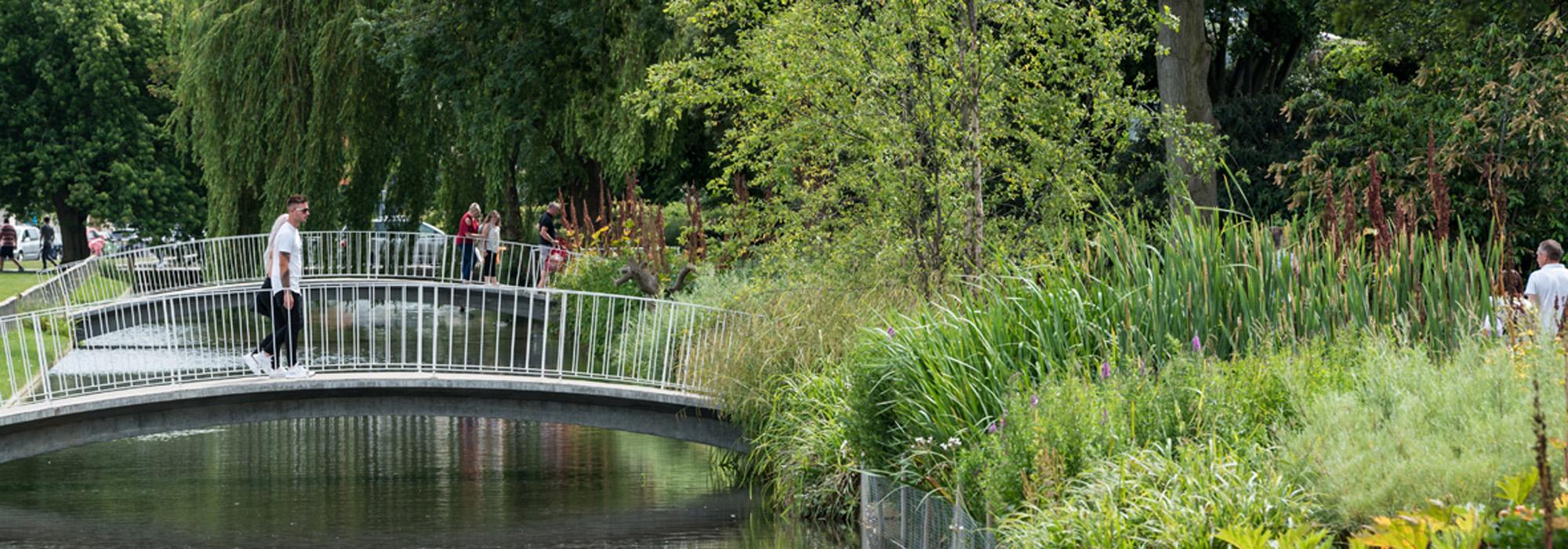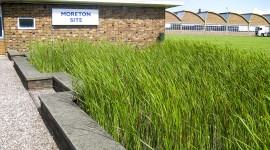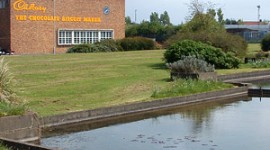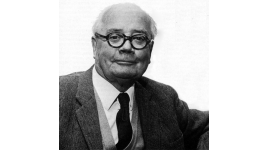Designation for Jellicoe's Cadbury Factory and other Postwar British Landscapes
Editor’s note: On September 15, 2008, the Cadbury Factory at Moreton, developed within the United Kingdom’s postwar reconstruction era and designed by landscape architect Sir Geoffrey Jellicoe in 1952, was enrolled as a Landslide at-risk landscape. As landscape architect Ed Bennis wrote in 2008: “The factory appears as a testing ground for Jellicoe’s later work particularly in his use of water, perspective and the role of the subconscious.” On August 21, 2020, Historic England announced that the Cadbury site in Moreton was one of twenty postwar “landscapes that have been granted protection and added to the Register of Parks and Gardens, part of the National Heritage List for England.”
I happened to be working on a school site in Leasowe, Wirral, in 2003, and following a visit, I was dropped off at Moreton station to catch the train back to Liverpool. My attention had already been attracted by the distinctive roof of an adjacent factory building. And then I saw the water feature alongside the slip road. I walked up and down beside it, looked out from one of the viewing platforms that cantilevered over the sections of water and took some photos of it all. It was separated from the factory buildings by a huge area of rough cut grass, with no other apparent landscape design elements in sight. But although the concrete watercourse appeared redundant and neglected, it was a delightful piece of design, and clever too to create a boundary that was not a fence, and for the passing public to enjoy. But who had designed it, and how was I going to find that out?
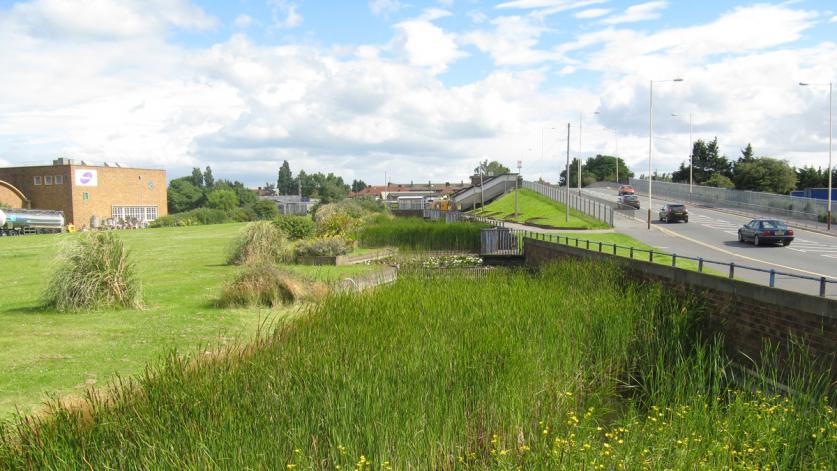
At this time, I was working part-time as a freelance landscape architect and part-time as archivist at the Landscape Institute (LI) library, and about a year later, the librarian Sheila Harvey invited me to look through the five or so albums of photos taken by Susan Jellicoe. These were in a fragile state and carefully guarded. They had been gifted to the LI library by landscape architect Sir Geoffrey Jellicoe following his wife Susan’s death in 1986. The ring-bound albums contained approximately 6000, 2 x 2 inch black and white contact prints mounted onto thin grey or black card, each print numbered to correspond with separately boxed negatives, labelled and grouped by category. This photographic collection started with the Jellicoe’s visit to Stockholm immediately after WW2, they continued to travel widely and Susan recorded many contemporary and classical designed landscapes. The albums were a working document much used by both Susan as editor of the LI journal, and by Geoffrey as a record of his architectural and landscape work, and also to illustrate his writings.
Looking through I arrived at the section described as ‘own work’, and there was the Cadbury's factory at Moreton and the watercourse. It was a Jellicoe landscape! I nearly fell off my chair.

I contacted Ed Bennis, ALSA, a great landscape historian, supporter of the development of the LI archive, chair of the Cheshire Gardens Trust and interested in twentieth century design as well as earlier work, and head of the landscape department at Manchester Metropolitan University, and located not that far from this site. He immediately suggested I contact the factory and ask if they had any Jellicoe drawings or papers of the design. And, of course, they did, and the facilities manager gave us their three drawings for the LI archive, and told us more about some of its history. At its peak in 1960-70s, Cadbury’s employed 6000 people on this site. And at the peak, Cadbury’s merged with Schweppes, the Moreton site was subsequently sold off separately to a succession of new owners, all the while continuing to refine chocolate and make biscuits but it was in the slow process of shutting down. On the day Ed and I collected the drawings, the facilities manager informed us that he too had been made redundant. This was not optimistic for the future of this landscape.
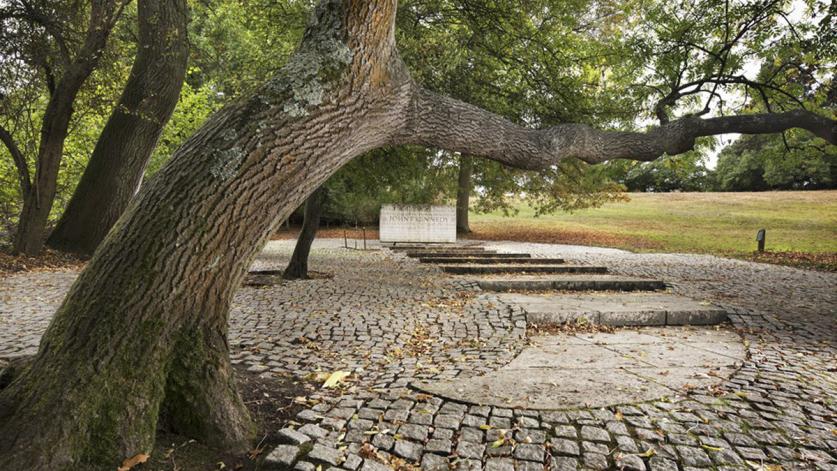
Ed did his academic research and analysis of the design and in the meantime I visited Jellicoe’s water garden scheme at Hemel Hempstead (1957-59) – also neglected and with a section of the site then at risk of major redevelopment. It was immediately apparent that the Moreton design (1952, date stamp on the drawing) was a precursor to Hemel – with similarly designed fluted concrete weirs retaining shallow bodies of water, viewing platforms hovering over the water affording lovely views along the River Gade. Much of the original planting at Hemel water gardens, as designed by Susan Jellicoe, had been lost and new inappropriate habitat-type planting introduced. Neither Hemel borough (Dacorum) nor the changing Moreton factory owners knew anything or cared about Geoffrey Jellicoe or his design intentions for their sites. We submitted a proposal to Historic England to have Hemel water gardens added to their register.
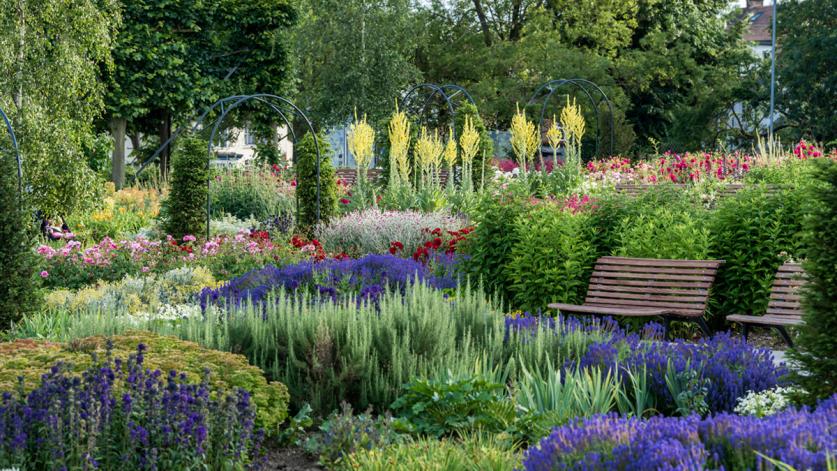
The Gardens Trust and other people and groups have kept Jellicoe’s sites at Hemel and Moreton, amongst other twentieth century postwar designed landscapes, in the public eye with symposia, site visits, published research and much behind-the-scenes lobbying. Jellicoe’s water gardens at Hemel was added to the Historic England Register of Parks and Gardens of Special Historic Interest in 2010, listed Grade II, and the site subsequently attracted Heritage Lottery Funding and was meticulously restored to its former glories by HTA in 2017. At the same time Dominic Cole led the collaboration between The Gardens Trust and Historic England as part of The Gardens Trust’s mission “to protect and promote appreciation of significant gardens, parks and landscapes of all periods. Inclusion on the Register of Parks and Gardens of Special Historic Interest in England is vital to our ability to help such landscapes survive to delight future generations.”
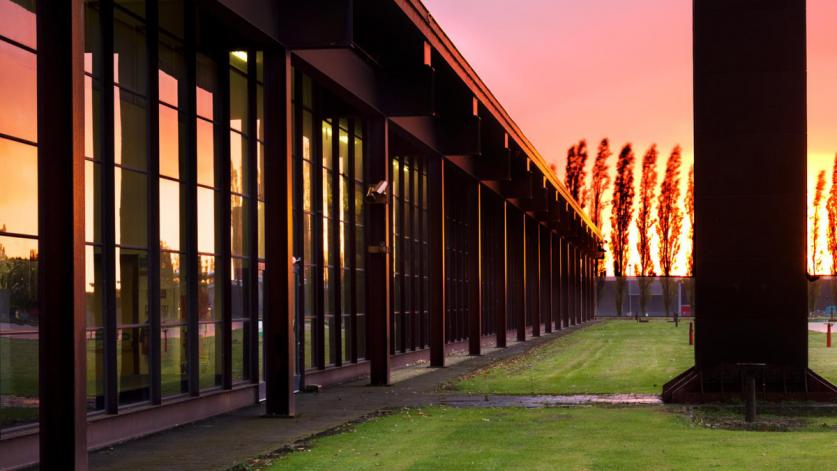
The big push for twentieth century postwar landscapes was achieved last week, with the announcement by Historic England that 20 new landscapes have been added to the National Heritage list for England and are thereby granted protection, five other sites have had their listing upgraded. Hurrah and Yippee: included in the list is Jellicoe’s landscape at Moreton Grade II.
Some of the other exciting sites added to the EH register includes: Cummins Engine Factory landscape in Darlington, by Dan Kiley ; John F. Kennedy Memorial landscape at Runnymede (in addition to the steps, plinth and seats which had previously been listed), by Geoffrey Jellicoe; Brunel Estate public housing landscape in London by Michael Brown studied; and, Roper’s Garden public garden in Chelsea, London by Peter Shepheard.
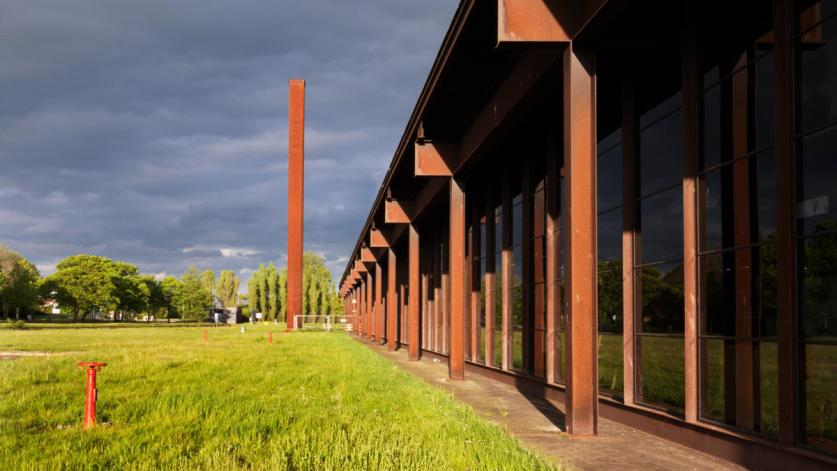
The registration and listing of sites offers some protection as it ensures that The Gardens Trust have influence as a statutory consultee at planning stage. But our whole planning system is currently under government review. All is not safe at Moreton either: submitted plans are awaiting final decision on the redevelopment of the factory site as a housing estate, branded ‘Jellicoe Gardens, Moreton’, with what looks like an uncomfortable relationship between the now protected watercourse ‘to be retained and enhanced,’ designated on the plans as public open space, and the proposed housing and new access road.
As we all know, all these places need understanding, protecting and cherishing by a wider and vocal public, and over a long period of time, the recent listings and their promotion will hopefully go some way to achieving this end.
Annabel Downs
Chair of FOLAR (Friends of Landscape Archive at Reading)
@LscapeArchive



